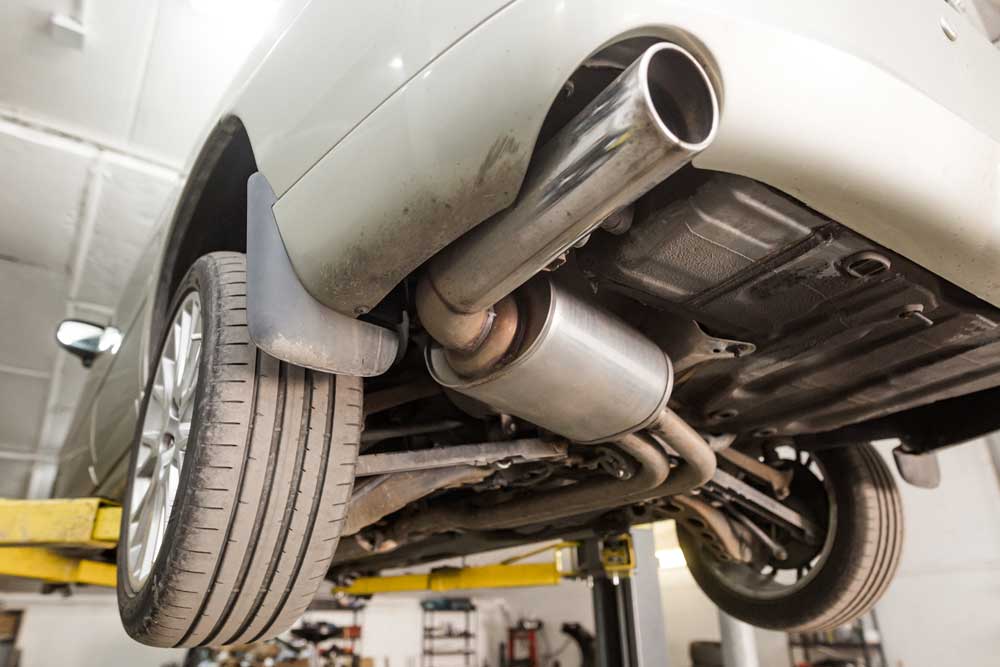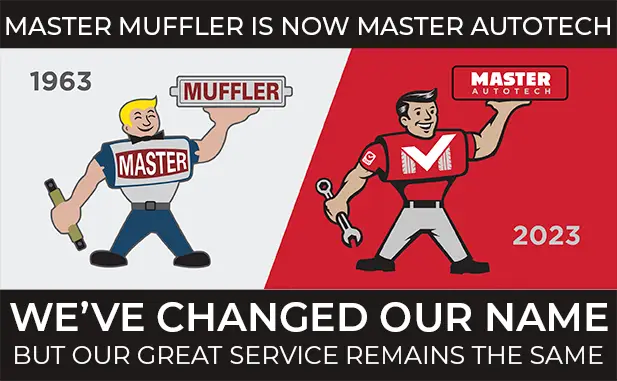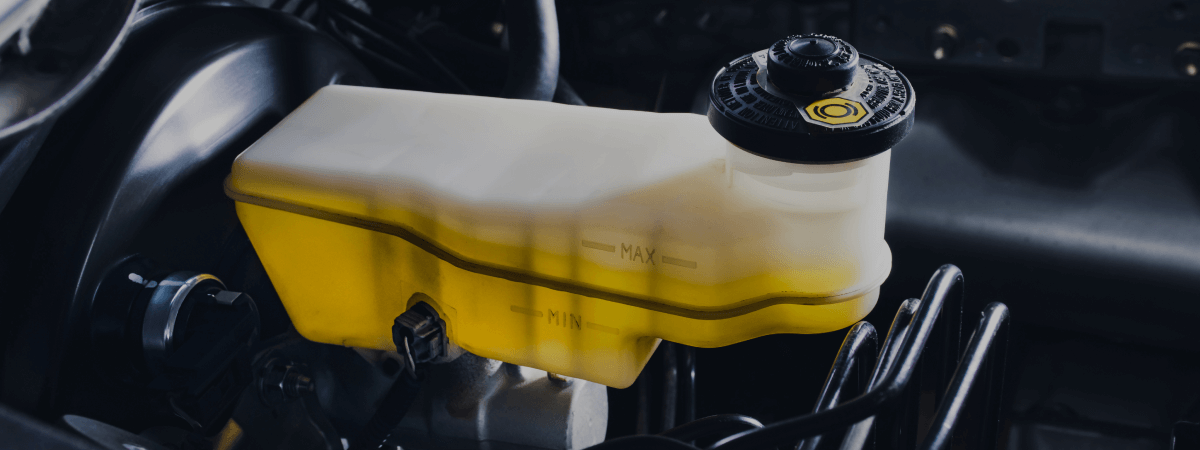
Our vehicles have emissions systems for a couple of important reasons- one is to reroute harmful fumes away from the passengers, and another is to clean the fumes as much as possible before they enter the atmosphere.
When our vehicles are running, air and fuel are mixing in the engine, combusting and creating emissions. The fumes and heat can be dangerous if not treated properly, so we have emissions systems and emissions regulations for both gasoline and diesel vehicles. Since there’s no way to completely eliminate the emissions entirely unless you switch to an alternate energy source, so fine-tuning this system in your vehicle is the next best thing.
Vehicle Emissions Standards
In order to reduce air pollution created by vehicles on the road, there are overall emissions standards regulated by the Environmental Protection Agency (EPA). From planes and trains to automobiles, the EPA aims to reduce the carbon monoxide, hydrocarbons, nitrogen oxides, and particulate matter produced by exhaust systems. Master Muffler shares some details about car emissions and how they’re controlled.
Regulating Fuel
The type of fuel used in an engine directly affects the atmosphere. There is only so much an exhaust system can do to reduce pollutants, so it’s best to start with the “cleanest” fuel possible. Thanks to the EPA and the Clean Air Act, we now have federal gasoline regulations for fuel that don’t include lead or other additives that are excessively harmful to the environment.
There has long been debate over whether gasoline or diesel fuel is better for the environment. While diesel burns more efficiently in engines, recent studies of similar vehicles (Volkswagen Golf TDI vs Volkswagen Golf TSI) show that the gasoline-powered vehicle (Golf TSI) produces the same amount of carbon dioxide (CO2) as a diesel-powered vehicle (Golf TDI).
Regardless of the type of vehicle you drive, you can turn to Master Muffler for South Salt Lake car repair needs related to your engine.
Catalytic Converter
Regardless of the type of gasoline your vehicle requires, a catalytic converter in the exhaust system works to reduce harmful emissions. Once fuel combusts in the engine, the gas fumes are cleaned significantly by the converter before the emissions are exposed to the atmosphere. In a gasoline engine, the converter breaks down hydrocarbons, nitrogen oxides, and carbon monoxide so your exhaust instead consists of water vapor, carbon dioxide, and nitrogen.
In a diesel engine, the catalytic converter process is conducted by an oxidation catalyst. Like its gasoline counterpart, the oxidation catalyst breaks down elements into less harmful components and traps particulate matter.
Exhaust Gas Recirculation System
The EGR system allows some exhaust fumes to be recirculated in your vehicle. The fumes are directed back to the intake manifold to reduce the amount of nitrogen oxides in the exhaust.
Types of Exhaust Gas Recirculation Systems
- Internal Exhaust Gas Recirculation (iEGR) – Exhaust fumes are internally redirected back into the cylinder.
- External Exhaust Gas Recirculation (EGR) – Exhaust fumes are externally redirected back to the intake manifold via a duct.
External systems are the most commonly used, and they’re more efficient than internal systems. In the recirculation system, emissions are reduced because instead of using oxygen for the combustion cycle, inert exhaust gases get the job done. Reusing some of the exhaust gases also reduces heat and combustion rate.
Evaporative Emission System
The purpose of the EVAP system is to prevent evaporating fuel fumes from being emitted into the air. When a car is not being driven, the fuel can evaporate in the tank or in the lines, so the EVAP system stores those fumes for future use.
Elements of the EVAP
- Fuel Tank – Houses fuel
- Charcoal Canister – Houses fuel vapors prior to use in combustion
- Canister Purge Valve – Opens and closes to allow fuel vapor to be used in engine combustion
- Canister Vent Valve – Closes off the fuel tank so outside air can’t leak in
Common Emissions Problems
It seems that, like clockwork, when it’s time to inspect your vehicle’s emission system, there’s a problem. If your car fails its next emissions inspection, it may be the result of the following:
- Faulty O2 Sensor
- Clogged Air Filter
- Overdue for an Oil Change
- Spark Plug Failure
- Loose Gas Cap
If your “Check Engine” light is on, get a reading of the codes so you know what car repairs you need to do before your inspection. Our South Salt Lake car repair team is ready to help if you have questions about your emissions system and how to ensure it passes inspection this year.
Clean Air Act
All of these emissions regulations are thanks, in part, to the 1970 Clean Air Act. It was enacted by US Congress to help combat the air pollution caused by combustion engines. The emissions regulations extend to vehicles as well as factories. As needed, the Clean Air Act was revised in 1977 and in 1990. Whatever the source, the Clean Air Act focus on reducing:
- Ozone
- Sulfur Dioxide
- Nitrogen Dioxide
- Carbon Monoxide
- Lead
- Particulate Matter
Failure to monitor the presence of this matter in the atmosphere can lead to dense smog, water contamination, acid rain, and depletion of the ozone layer.
Our South Salt Lake car repair crew is here if you have questions about your car’s emission system and whether it’s running correctly. You can contact us HERE if you need to schedule an appointment.
Related Posts
Key Takeaways On average, passenger vehicle tires last 40,000 to 60,000 miles, depending on type, driving habits, and maintenance. Replace tires when tread depth reaches 2/32”, if damaged, or older than 10 years. Regular rotation, alignment, and proper inflation extend tire life. Aggressive driving, poor roads, and harsh weather shorten tire lifespan. Take advantage [...]
When you think about car maintenance, you probably focus on oil changes, tire rotations, and maybe even brake pad replacement. But what about your brake fluid? If you’ve ever wondered, “What does brake fluid do?” or “Why is brake fluid important?”, you’re not alone. Brake fluid might not be the most talked-about part of [...]
Is that high-pitched squeal from your brakes driving you—and everyone else—crazy? Don’t ignore it. Squeaky brakes aren’t just annoying, they’re your car’s way of saying something needs attention. Whether you're cruising through Salt Lake City or winding up Idaho’s mountain passes, here’s what’s likely going on, how you can fix it, and when it [...]





